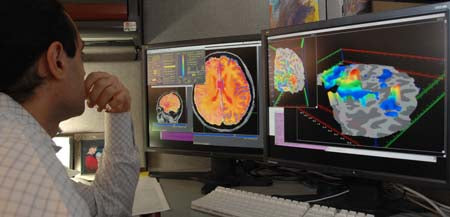
On fMRI, Scientific Insights, and Reliability
Why all scientific study results — not just fMRI — should be subject to critical thought and examination.
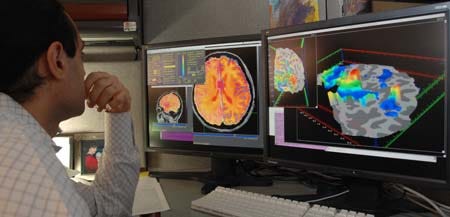 To say that there has been much debate around whether or not functional magnetic resonance imaging (fMRI) can be used to “prove” something — or anything — scientifically would be putting it lightly. The Great fMRI Scandal of 2016 alone was cause for many to completely reject the technology as useful for legitimate researchers. After all, if one small software bug was, according to the paper published in the Proceedings of the National Academy of Sciences (PNAS), enough to invalidate 15 years of research, and 40,000 research papers, then how reliable could it be?
To say that there has been much debate around whether or not functional magnetic resonance imaging (fMRI) can be used to “prove” something — or anything — scientifically would be putting it lightly. The Great fMRI Scandal of 2016 alone was cause for many to completely reject the technology as useful for legitimate researchers. After all, if one small software bug was, according to the paper published in the Proceedings of the National Academy of Sciences (PNAS), enough to invalidate 15 years of research, and 40,000 research papers, then how reliable could it be?
Well, as it turns out, more reliable than many would now lead you to believe. In other words, the idea of fMRI as useless or riddled with errors is erroneous and based on incorrect assumptions. Why? Because it’s not the technology that was somehow intrinsically flawed; instead, it was the statistical software the researchers used that was problematic. It turns out that said software tended to wrongly guess the borders of activated or “lit up” areas in the brain. Given that the entire point of fMRI is to give researchers an inside view of the brain illustrated as these so-called “lit up” areas, you can see why this might have been an issue. If the software was reporting something inaccurate, it would lead to inaccurate results and conclusions.
A much-less reported fact is that the authors of the original paper published in PNAS eventually walked back their claims that the majority of fMRI research was flawed, revising the numbers in the paper from 40,000 to something closer to 3,500 — a decrease of more than 90%. Still clearly not ideal in the world of scientific research, but still much, much lower than the original estimate.
In reality, fMRI is still quite useful for studying a range of different issues, especially stress and anxiety. This is an area of particular interest to our research and development division at Aeroscena®. Different combinations of aromatherapeutic essential oils have been used for hundreds of years to reduce anxiety anecdotally, and modern scientific research supports its efficacy across multiple clinical environments, including dental waiting rooms [1, 2], cancer treatment centers [3], and operatories [4]. Opportunities to study the effect of these oils’ scents on the human brain via fMRI could lead to amazing developments in the way we treat everything from postoperative nausea and vomiting (PONV) to chronic pain and stress.
Currently, Aeroscena® is investigating the use of fMRI to illustrate the effects of clinical aromatherapy — specifically our Calm №34 formula — on dental patient anxiety. Studies have already shown that lavender and orange essential oils, two of Calm’s primary components, are able to decrease anxiety and stress for patients awaiting dental treatment. In fact, many dentists around the U.S. are already using our whole-room aromatherapy system with great success. Our hope is that a visual representation of our formula’s efficacy in the form of fMRI, under controlled conditions, with a respected Cleveland Clinic fMRI researcher at the helm, will lead to its widespread adoption in dentistry and beyond for the reduction of patient anxiety.
While there have been imperfections found in some fMRI studies, in particular, those carried out with the “buggy” software mentioned previously, the reality is that all scientific research is subject to flaws. From poor study design to researcher bias, to the influence of special interests and, most commonly and disturbingly of all, the common practices of data dredging & “hacking” of p-values, problems abound. Does that mean that we should unilaterally reject scientific research because a fraction of papers are likely just plain wrong? Of course not. Instead, it is wise to keep front-of-mind the famous words of President Ronald Reagan — “Trust, but verify.” In simpler terms, a single study does not always equate to proof, and the body of evidence for or against a certain theory is ultimately the best determinant of a study result’s value and validity.
[1] The effects of lavender scent on dental patient anxiety levels: a cluster randomised-controlled trial.
Community Dent Oral Epidemiol. 2010 Feb;38(1):83–7. doi:10.1111/j.1600–0528.2009.00511.x. Epub 2009 Nov 23. Kritsidima M, Newton T, Asimakopoulou K.
[2]Ambient odor of orange in a dental office reduces anxiety and improves mood in female patients.
Physiol Behav. 2000 Oct 1–15;71(1–2):83–6. Lehrner J(1), Eckersberger C, Walla P, Pötsch G, Deecke L.
[3] Aromatherapy: The Effect of Lavender on Anxiety and Sleep Quality in Patients Treated With Chemotherapy
Clin J Oncol Nurs. 2018 Apr 1;22(2):203–210. doi: 10.1188/18.CJON.203–210.; Ozkaraman A1, Dügüm Ö2, Özen Yılmaz H1, Usta Yesilbalkan Ö3.
[4] Effect of aromatherapy with orange essential oil on salivary cortisol and pulse rate in children during dental treatment: A randomized controlled clinical trial.
Adv Biomed Res. 2013 Mar 6;2:10. doi: 10.4103/2277–9175.107968. Print 2013. Jafarzadeh M(1), Arman S, Pour FF.


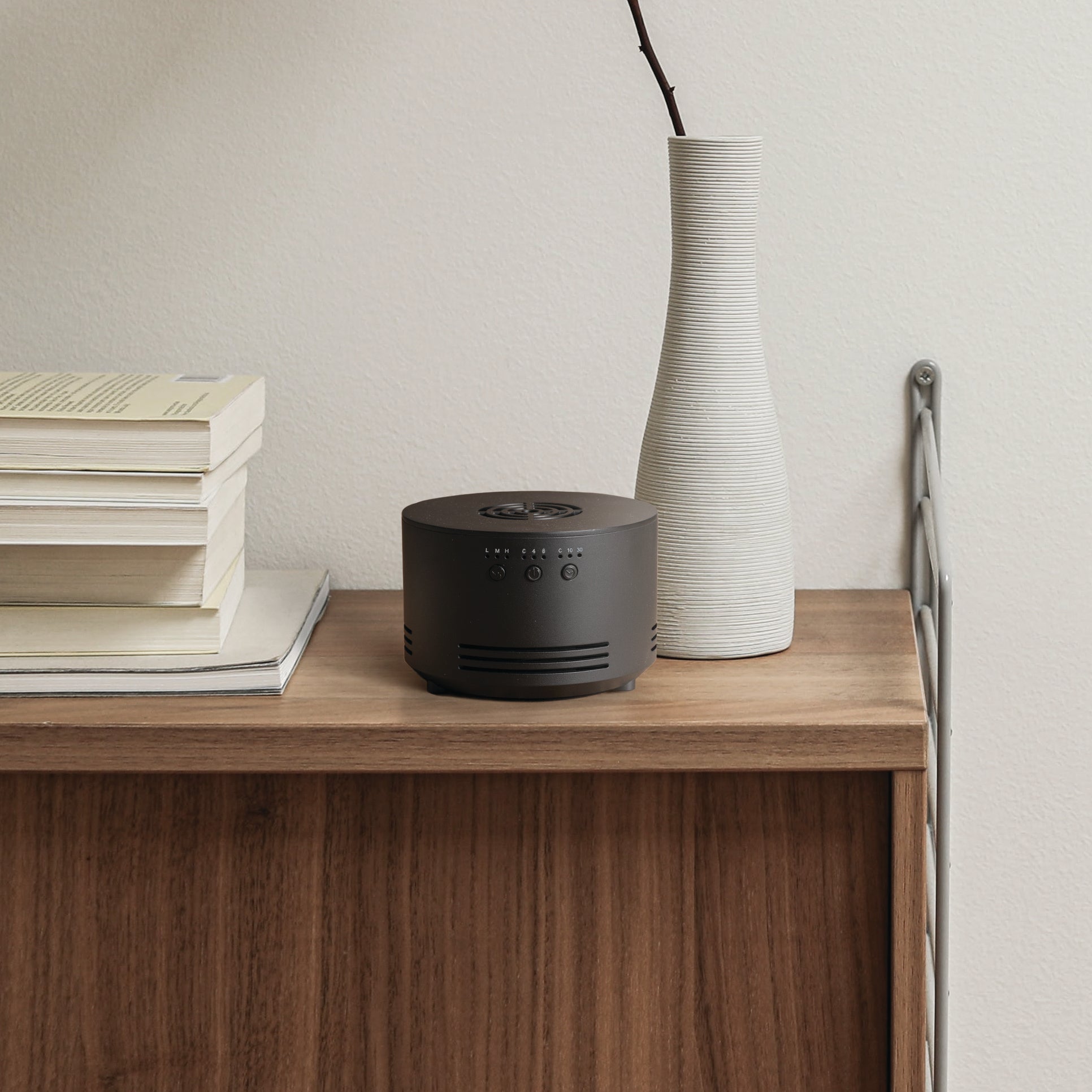


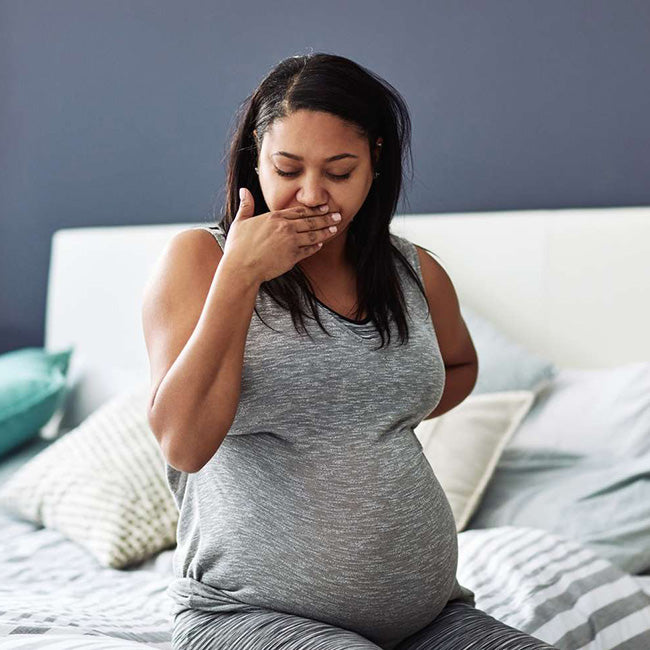
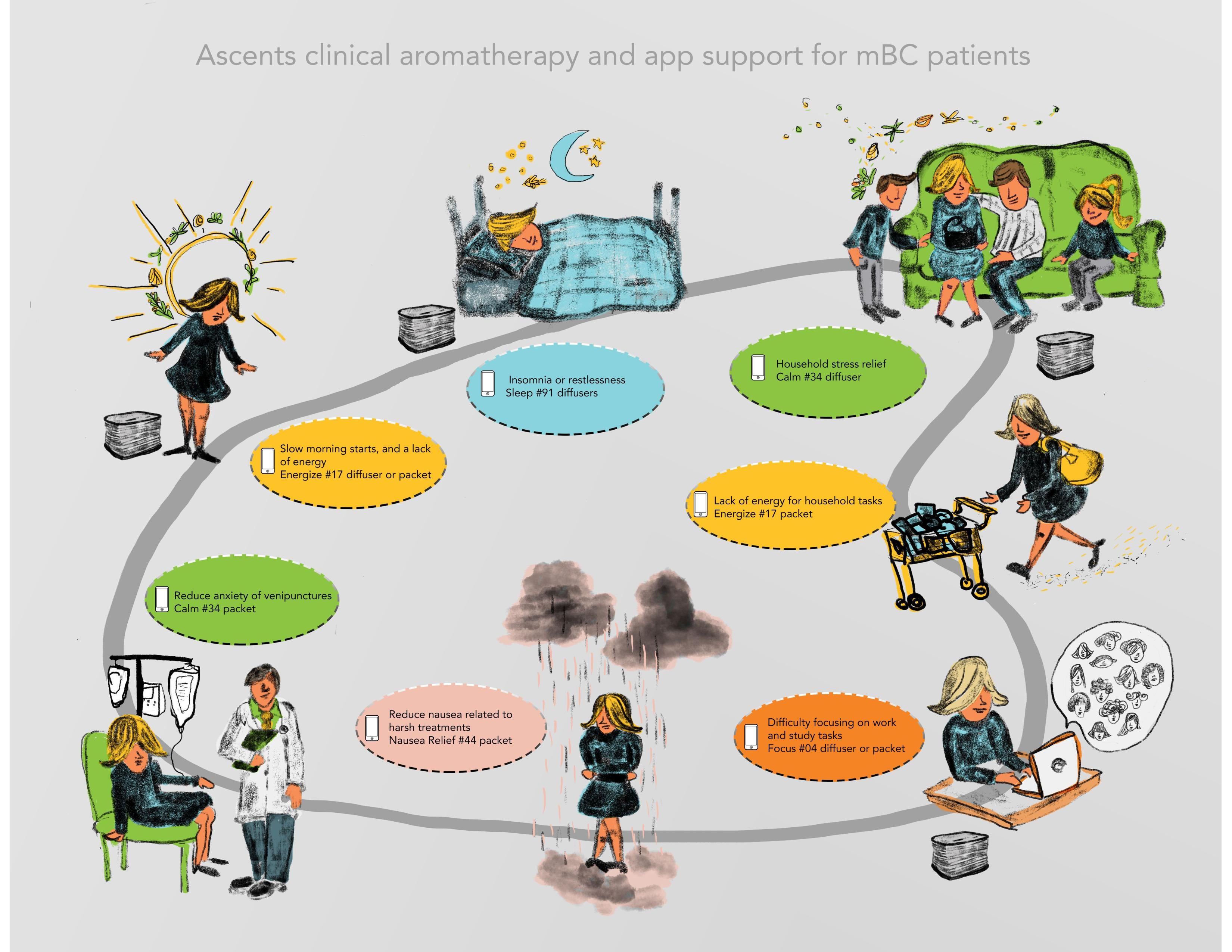
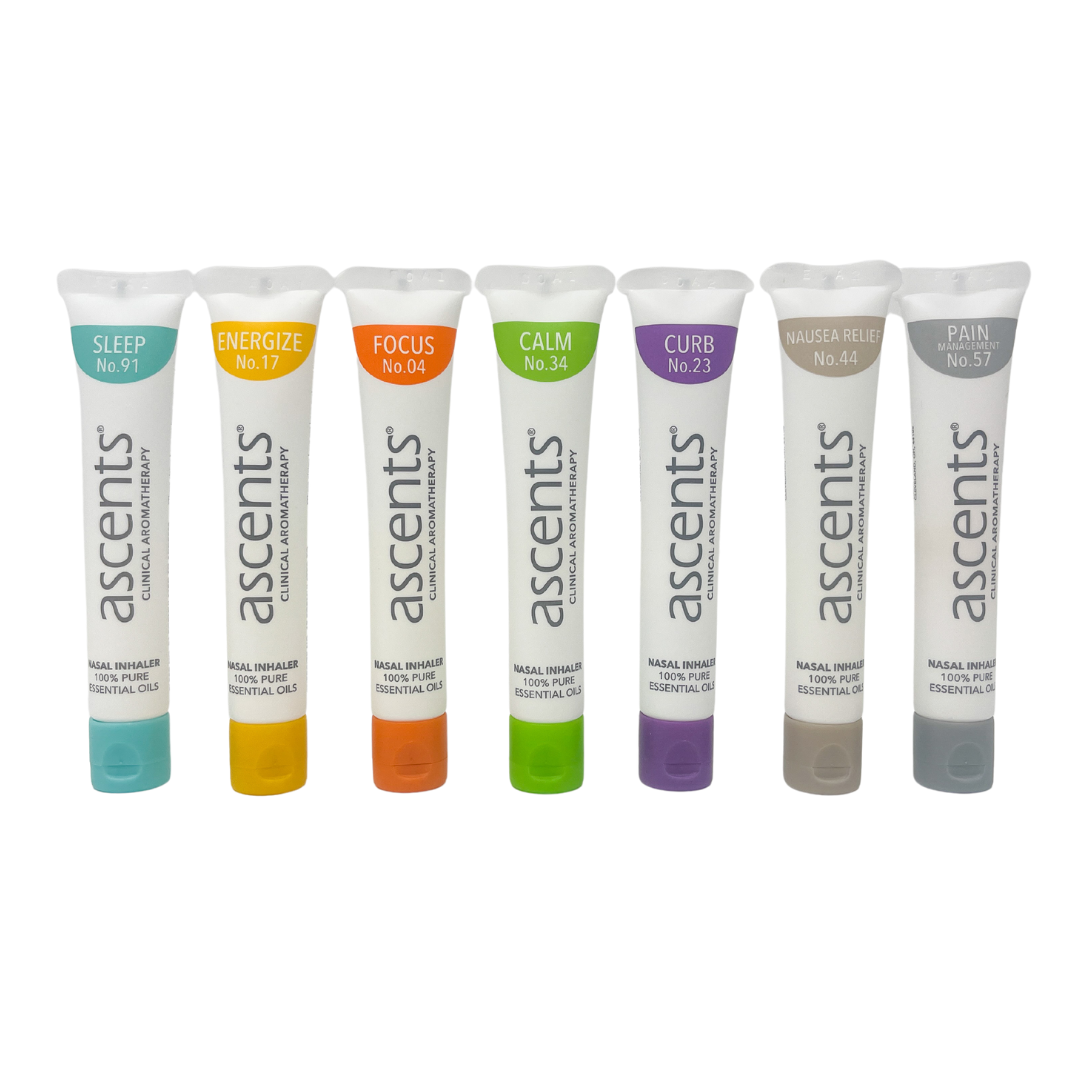
Leave a comment
This site is protected by hCaptcha and the hCaptcha Privacy Policy and Terms of Service apply.